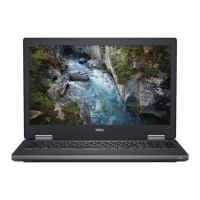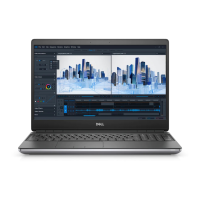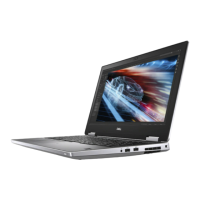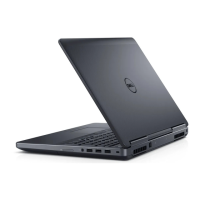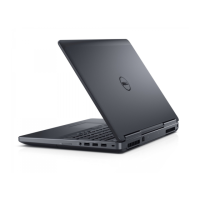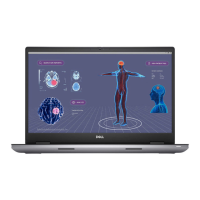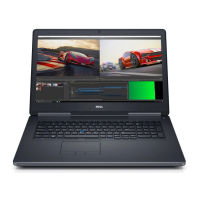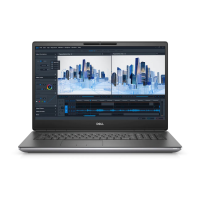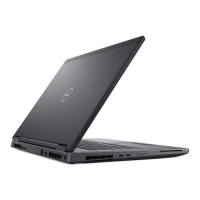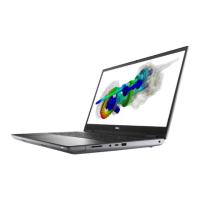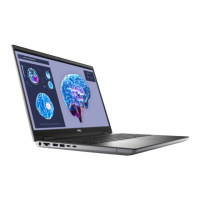Speed
Currently, there are five speed modes that are defined by the latest USB 3.0/USB 3.1 Gen 1 specification. Based on USB data transfer,
they are categorized as Low Speed, Full Speed, High Speed (from version 2.0 of the specification), SuperSpeed (from version 3.0), and
SuperSpeed+ (from version 3.1). The new SuperSpeed+ mode has a transfer rate of 20 Gbps. The USB 3.2 standard is backward
compatible with USB 3.1/3.0 and USB 2.0.
USB 3.2 Gen 1 achieves the much higher performance by the technical changes below:
• An additional physical bus that is added in parallel with the existing USB 2.0 bus (see the figure below).
• USB 2.0 previously had four wires (power, ground, and a pair for differential data); USB 3.1 Gen 1 adds four more for two pairs of
differential signals (receive and transmit) for a combined total of eight connections in the connectors and cabling.
• USB 3.2 Gen 1 uses the bi-directional data interface, rather than USB 2.0's half-duplex arrangement. This gives a 10-fold increase in
theoretical bandwidth.
Applications
USB 3.1 Gen 1 opens up the laneways and provides more headroom for devices to deliver a better overall experience. Where USB video
was barely tolerable previously (both from a maximum resolution, latency, and video compression perspective), it is easy to imagine that
with 5 to 10 times the bandwidth available, USB video solutions should work that much better. Single-link DVI requires almost 2 Gbps
throughput. Where 480 Mbps was limiting, 5 Gbps is more than promising. With its promised 4.8 Gbps speed, the standard finds its way
into some products that previously were not USB territory, like external RAID storage systems.
Listed below are some of the available SuperSpeed USB 3.0/USB 3.1 Gen 1 products:
• External Desktop USB 3.0/USB 3.2 Gen 1 Hard Drives
• Portable USB 3.2 Gen 1 Hard Drives
• USB 3.2 Gen 1 Drive Docks and Adapters
• USB 3.2 Gen 1 Flash Drives and Readers
• USB 3.2 Gen 1 Solid-state Drives
• USB 3.2 Gen 1 RAIDs
• Optical Media Drives
• Multimedia Devices
• Networking
• USB 3.2 Gen 1 Adapter Cards and Hubs
Compatibility
The good news is that USB 3.2 Gen 1 has been carefully planned from the start to peacefully co-exist with USB 2.0. First of all, while USB
3.2 Gen 1 specifies new physical connections and thus new cables to take advantage of the higher speed capability of the new protocol,
the connector itself remains the same rectangular shape with the four USB 2.0 contacts in the exact same location as before. Five new
connections to receive and transmit data independently are present on USB 3.0/USB 3.2 Gen 1 cables and only come into contact when
connected to a proper SuperSpeed USB connection.
USB Type-C
USB Type-C is a new, tiny physical connector. The connector itself can support various exciting new USB standards like USB 3.1 and USB
power delivery (USB PD).
Alternate Mode
USB Type-C is a new connector standard that is small. It is about a third the size of an old USB Type-A plug. This is a single connector
standard that every device could use. USB Type-C ports can support various different protocols using “alternate modes,” which allows
you to have adapters that can output HDMI, VGA, DisplayPort, or other types of connections from that single USB port.
USB Power Delivery
The USB PD specification is also closely intertwined with USB Type-C. Currently, smartphones, tablets, and other mobile devices often
use a USB connection to charge. A USB 2.0 connection provides up to 2.5 watts of power — that'll charge your phone, but that's about
Technology and components
11
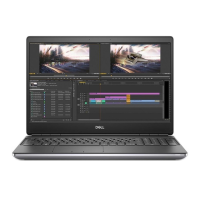
